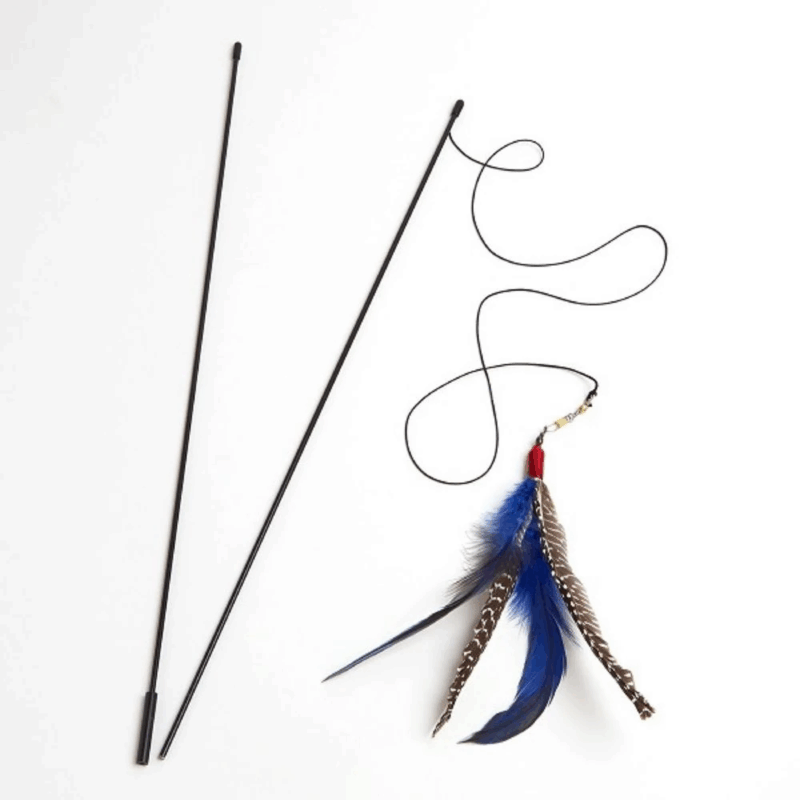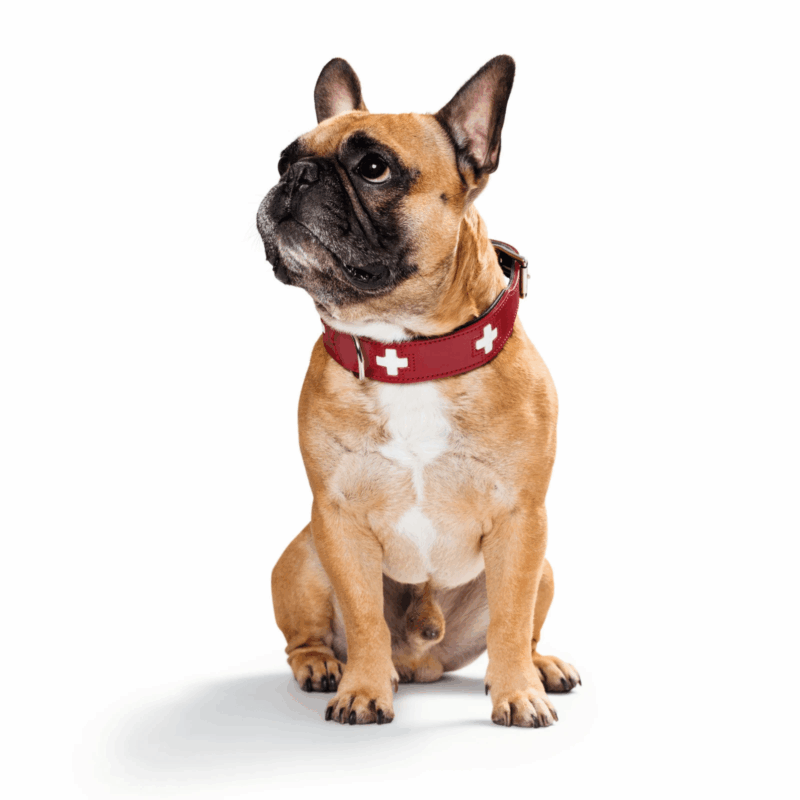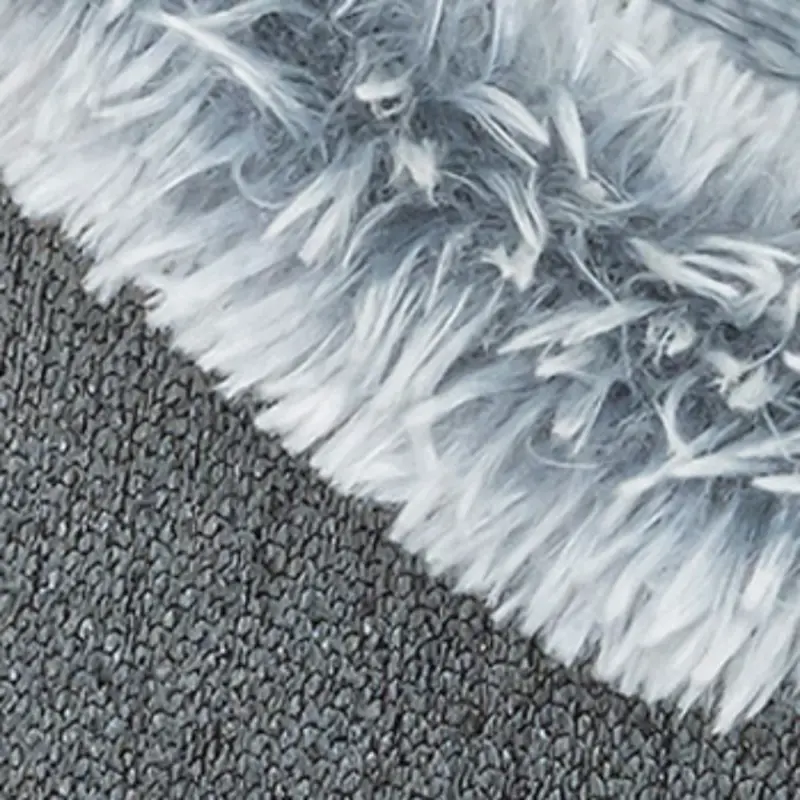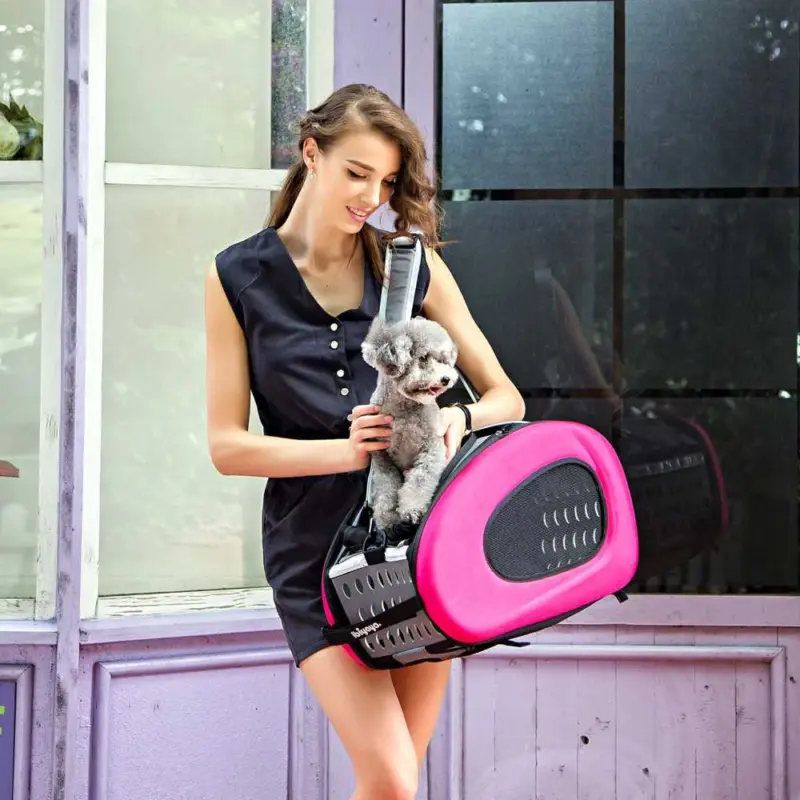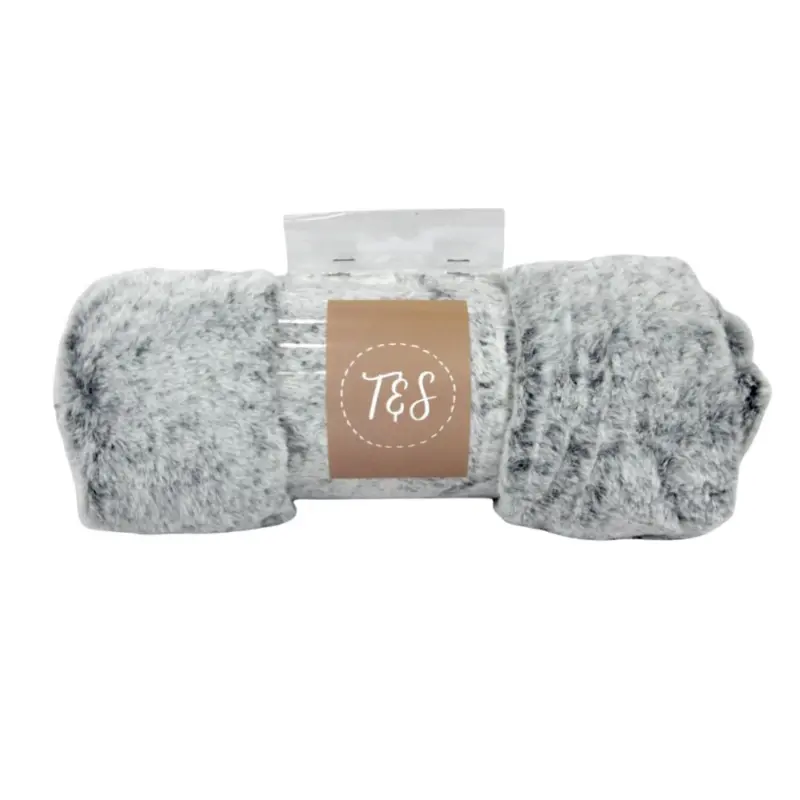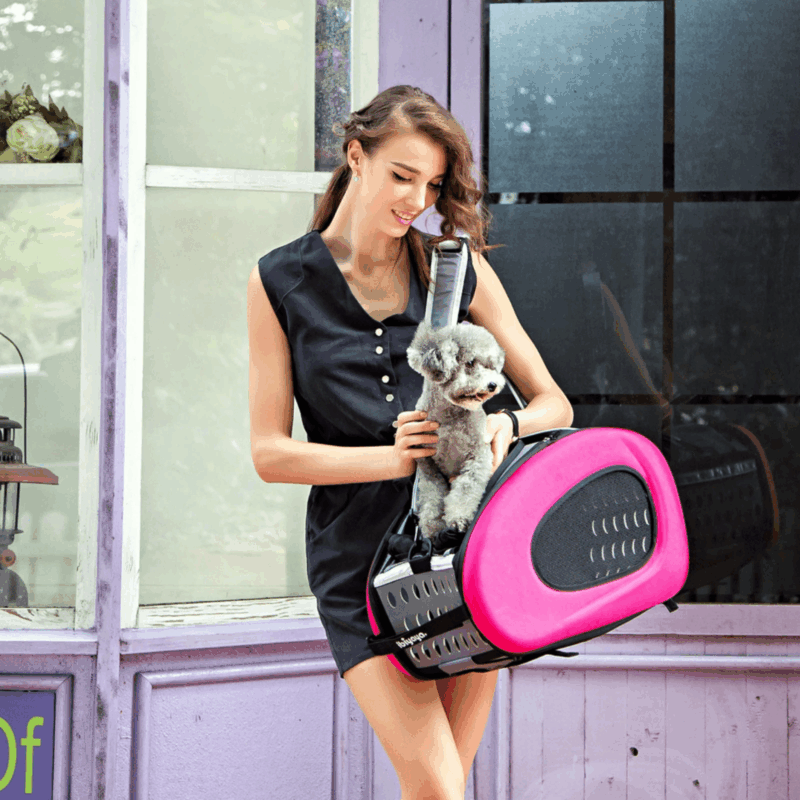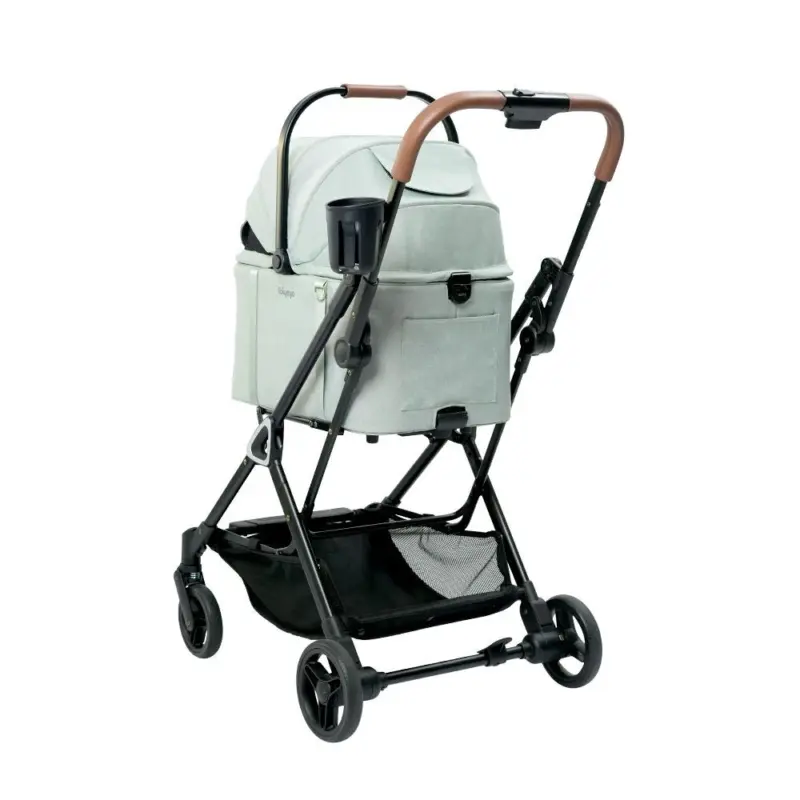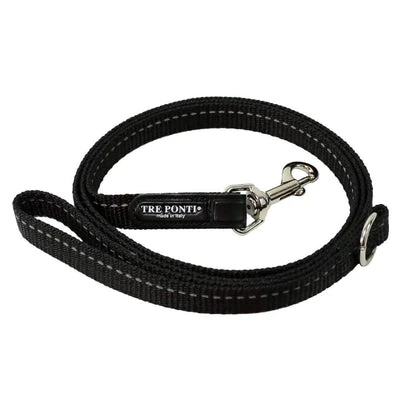Blog
Pet Water Fountain Playbook — Help Your Pet Drink Healthier & Safer
In Australia, more pet owners are recognizing the importance of hydration for their cats and dogs. Clean, flowing water helps prevent urinary and kidney problems. This guide explains why hydration matters, what pet water fountains are, how to choose the right model, and how to use and maintain it. We also cover why smart fountains are becoming a mainstream replacement for traditional bowls.
1. Why your pet’s drinking habits matter
Stats & health: hydration, metabolism and skin health
According to Australian pet industry data, about 69% of households own a pet. Water intake directly affects kidney health, metabolic function and coat condition.
Daily water needs
Dogs generally need around 5% of their body weight in water per day — e.g., a 10 kg dog needs ~500 mL daily. Cats naturally drink less and are more prone to urinary issues.
Why cats are at higher risk
Cats evolved in arid environments and tend to get most moisture from prey. Many adult cats show mild urinary crystal formation; providing fresh, flowing water is one of the simplest prevention methods.
Why some pets drink too little
- Instinct: Cats have a weaker thirst drive compared with dogs.
- Diet: Dry food contains very little moisture compared to wet food.
- Stagnant or unclean water: Pets avoid water that smells or tastes off.
- Placement: Bowls near litter boxes or noisy appliances reduce drinking frequency.
- Health or stress: Oral pain, kidney issues or anxiety can reduce thirst.
Making water both accessible and appealing — for example using a fountain — helps pets drink more and stay healthier.
2. What is a pet water fountain and why pets prefer flowing water
Components, benefits and animal behaviour
A pet water fountain circulates water to keep it fresh. Typical parts include a pump, filters (foam, carbon, resin), a reservoir and an outlet that creates movement. Materials vary — plastic, ceramic, stainless steel — and some models are smart-enabled with apps or sensors.
Key advantages
- Freshness: Movement reduces stagnation and odour.
- Filtration: Multi-stage filters remove hair and debris.
- Attraction: Flowing water draws pets to drink more often.
- Convenience: Larger reservoirs and auto-flow reduce refill frequency.
Popular brands in Australia include Catit, PETKIT and Pioneer Pet, alongside local economical options.
3. How to choose the right pet water fountain
Material, filter, capacity, noise and warranty
Material & safety
Choose food-grade ABS plastic or 304 stainless steel to avoid odors and chemical leaching. Stainless steel is durable and easy to clean.
Filter system
Prefer multi-stage filtration: pre-filter foam, activated carbon and ion-exchange resin. Replace filters every 2–4 weeks depending on usage and water quality.
Capacity
- Single cat: 1.5L–2L
- Medium dog: 3L+
- Multi-pet household: 5L+ with multiple access points
Noise & power
Choose low-dB pumps (<30 dB) for living areas and check for Australian electrical compliance (SAA / RCM) on imported units.
Product placeholder — comparison table image
4. Use & maintenance guide
Daily, weekly and long-term care tips
Daily checks
Top up water daily and confirm the pump runs to avoid dry-running damage.
Weekly cleaning
Disassemble and wash the reservoir, lid and nozzle with warm water and mild detergent. Clean the impeller and inlet regularly.
Filter replacement
Replace carbon/resin filters every 2–4 weeks. If you notice discoloration, smell or reduced flow, replace immediately and deep-clean the unit. Descale parts in hard-water areas.
Electrical safety
Use SAA/RCM-approved adaptors, keep cords protected and avoid placing the unit on wet floors.
Recent Posts
New product
Related posts
Pet House Dog Houses: The Ultimate Australian Guide to Choosing the Perfect Outdoor Haven for Your Canine Companion
Ultimate Guide to Caterpillar Boxes for Cats in Australia
Dog Cage with Sliding Door: The Ultimate Australian Guide to Smart Kennel Choices
Personalised Pet Gifts Australia: The Ultimate 2025 Guide
Dental Toys for Cats & Dogs: The 2025 Australian Buyer’s Guide
Wet Auto Litter Systems for Australian Cats: The 2025 Complete Care Guide
Cat Toys Online: Australia’s 2025 Guide to Choosing Safe, Enriching & Fun Playthings
Cat Collar for Cats: The Ultimate Australian Guide to Safety, Style & Smart Choices
Fit n Flash Chicken Breast Fillets 200g: The Ultimate Australian Pet Owner’s Guide
Licki Mats Australia: The Ultimate Guide to Calm, Clean and Enrich Your Pet’s Day
Single Elevated Dog Bowls: The Hidden Truth Every Australian Pet Owner Must Know
Real Wood Cat Tree: The Ultimate Australian Buyer’s Guide
Dogs
Cats
Best Deals
More pets








